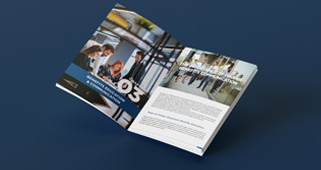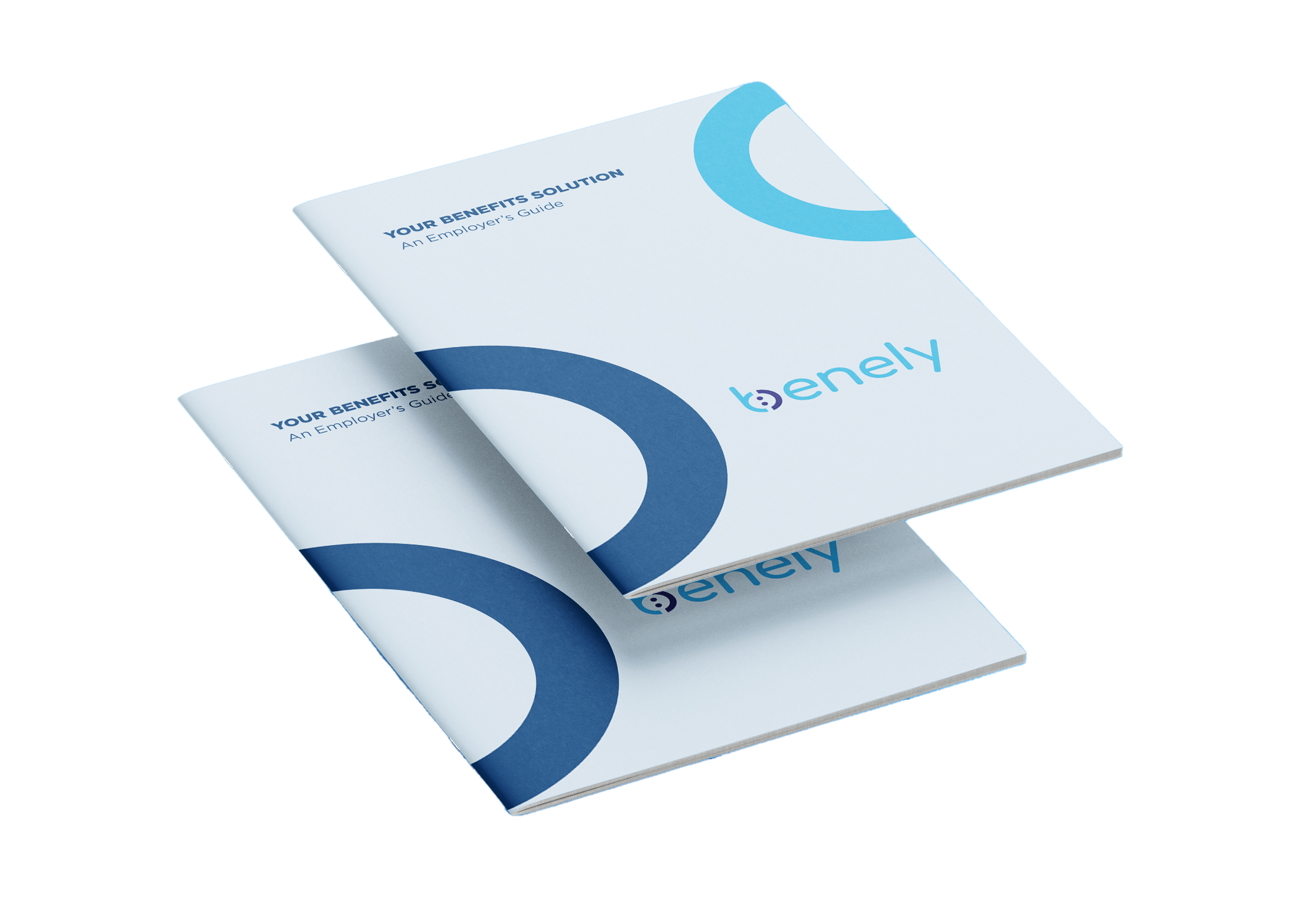Crafting an Effective Employee Handbook for 2024: Essential Components and Best Practices
As businesses evolve and workplace dynamics shift, the importance of a comprehensive and up-to-date employee handbook cannot be overstated. Serving as a roadmap for both employers and employees, a well-crafted handbook outlines policies, procedures, and expectations, fostering clarity, consistency, and compliance within the organization. In this extensive guide, we’ll delve into the essential components to include in your employee handbook for 2024, along with best practices to ensure its effectiveness and relevance in today’s workplace landscape.
1. Introduction and Welcome Message
Begin your employee handbook with a warm and inviting introduction from company leadership. This section should convey the organization’s mission, values, and culture, setting the tone for the rest of the document. A welcome message helps new hires feel valued and provides context for the policies and procedures outlined in the handbook.
2. Employment Policies
- Equal Employment Opportunity (EEO) Statement: Affirm your commitment to providing equal employment opportunities and preventing discrimination based on factors such as race, gender, age, religion, or disability.
- Anti-Harassment Policy: Outline expectations for appropriate workplace conduct and prohibit harassment in any form, including sexual harassment, bullying, or retaliation.
- Code of Conduct: Define expected behaviors and ethical standards for all employees, promoting professionalism, integrity, and respect in the workplace.
3. Employment Classification and Benefits
- Employee Classification: Clarify the distinctions between full-time, part-time, and temporary employment status, including eligibility criteria for benefits and entitlements.
- Compensation and Payroll: Detail the organization’s pay structure, including information on pay periods, overtime policies, and deductions.
- Benefits Overview: Provide an overview of the benefits available to employees, such as health insurance, retirement plans, paid time off, and other perks or incentives.
4. Work Schedule and Attendance
- Work Hours: Specify standard work hours, including start and end times, break periods, and any flexibility or remote work options available.
- Attendance and Punctuality: Communicate expectations for attendance, punctuality, and reporting absences or tardiness, along with procedures for requesting time off.
5. Leave Policies
- Paid Time Off (PTO): Outline the organization’s policy on vacation, sick leave, and personal days, including accrual rates, usage guidelines, and procedures for requesting time off.
- Family and Medical Leave: Inform employees of their rights and obligations under federal and state Family and Medical Leave Act (FMLA) regulations, including eligibility criteria and procedures for requesting leave.
6. Performance Expectations and Evaluation
- Performance Standards: Define performance expectations for employees, including job responsibilities, goals, and performance metrics relevant to their role.
- Performance Evaluation: Explain the organization’s process for evaluating employee performance, including frequency of reviews, criteria used, and opportunities for feedback and development.
7. Workplace Health and Safety
- Safety Procedures: Provide information on workplace safety protocols, emergency procedures, and the use of safety equipment or personal protective gear.
- Health and Wellness: Promote employee well-being by offering resources and support for physical and mental health, such as wellness programs, Employee Assistance Programs (EAPs), and ergonomic guidelines.
8. Technology and Data Security
- Acceptable Use Policy: Establish guidelines for the use of company technology resources, including computers, internet access, email, and social media, to ensure security and compliance.
- Data Protection: Educate employees on the importance of safeguarding sensitive information and outline procedures for handling confidential data and reporting security breaches.
9. Diversity, Equity, and Inclusion (DEI)
- Diversity Statement: Express the organization’s commitment to diversity, equity, and inclusion, fostering a culture of respect, belonging, and equal opportunity for all employees.
- Training and Development: Provide resources and training opportunities to promote awareness, understanding, and allyship around issues of diversity, equity, and inclusion in the workplace.
10. Legal Compliance and Reporting
- Legal Compliance: Ensure that your handbook reflects current federal, state, and local employment laws and regulations, including updates related to wage and hour laws, anti-discrimination statutes, and workplace safety standards.
- Reporting Procedures: Inform employees of their rights and responsibilities regarding reporting violations of company policies or unethical behavior, along with procedures for filing complaints or grievances.
11. Acknowledgment and Signature
Conclude your employee handbook with a section for employees to acknowledge that they have received, read, and understood the policies and procedures outlined in the handbook. Provide space for employees to sign and date the acknowledgment, indicating their agreement to abide by the guidelines set forth.
Best Practices for Crafting an Effective Employee Handbook
- Keep it Clear and Concise: Use clear and straightforward language to ensure that policies and procedures are easily understood by all employees.
- Stay Up-to-Date: Regularly review and update your handbook to reflect changes in laws, regulations, or company policies, ensuring accuracy and compliance.
- Seek Legal Review: Consult with legal counsel to ensure that your handbook complies with all applicable laws and regulations and mitigates potential legal risks.
- Communicate Changes: Communicate updates or revisions to the handbook promptly to ensure that employees are aware of any changes to company policies or procedures.
- Train Managers and Supervisors: Provide training to managers and supervisors on the contents of the handbook and their role in enforcing policies and promoting a positive workplace culture.
An employee handbook serves as a vital resource for both employers and employees, providing clarity, consistency, and compliance in the workplace. By including essential components such as employment policies, benefits information, and workplace expectations, you can create a handbook that fosters a positive and productive work environment for all.
For businesses seeking support in developing or updating their employee handbook, platforms like Benely.com offer comprehensive services and resources to streamline the process. With their expertise in benefits administration and HR solutions, Benely can help ensure that your handbook meets the needs of your organization and reflects best practices in employee management and compliance.






